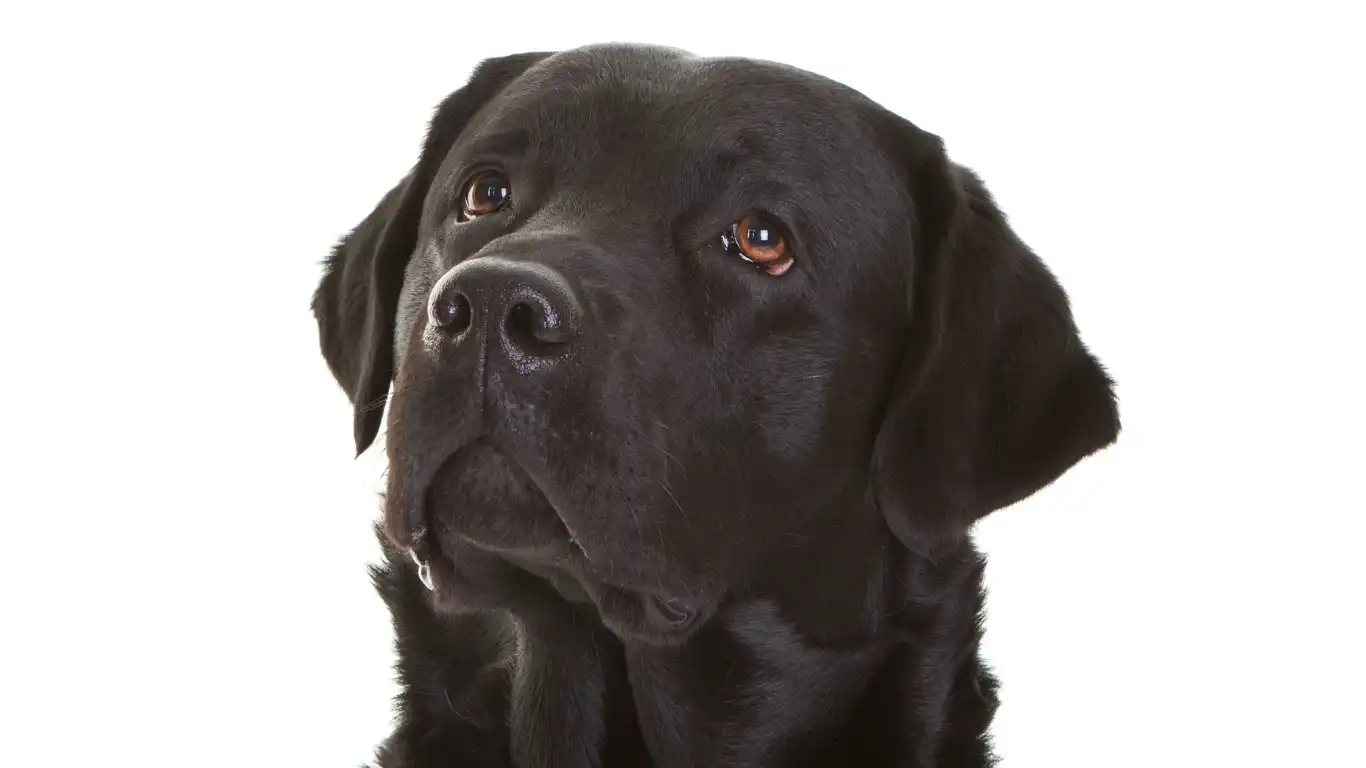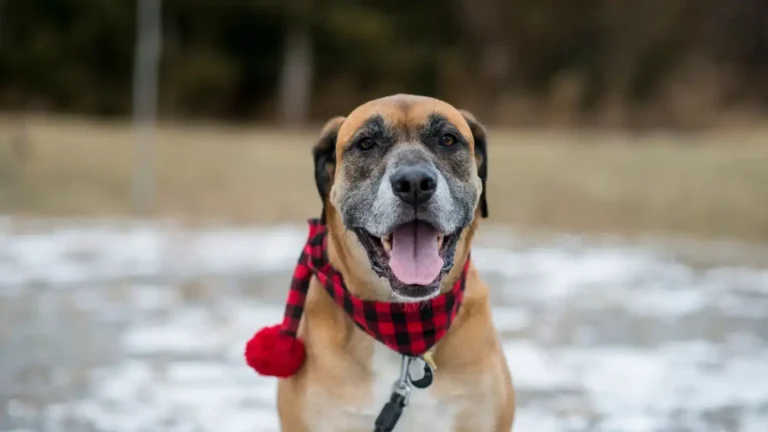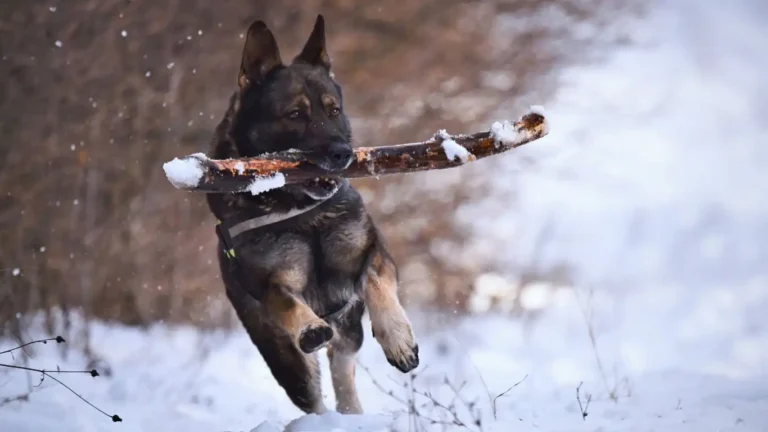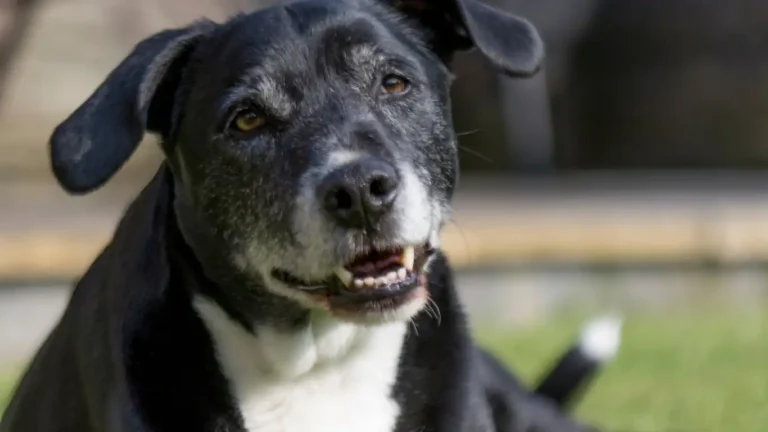Why Desensitizing Your Dog to Household Noises Improves Trust
If you’ve ever seen your pup go into full-on panic mode when the vacuum turns on or a blender starts whirring, trust me—you’re not alone. One of the most common things I’ve seen in my years working as a Veterinary Technician, especially specializing in nutrition and behavioral care, is dogs reacting fearfully to everyday household sounds. That’s exactly why learning how to desensitize your dog to household noises is such a game changer for both you and your four-legged best friend. It’s not just about reducing stress—it’s about improving quality of life, theirs and yours.
Why Do Dogs React to Household Noises?
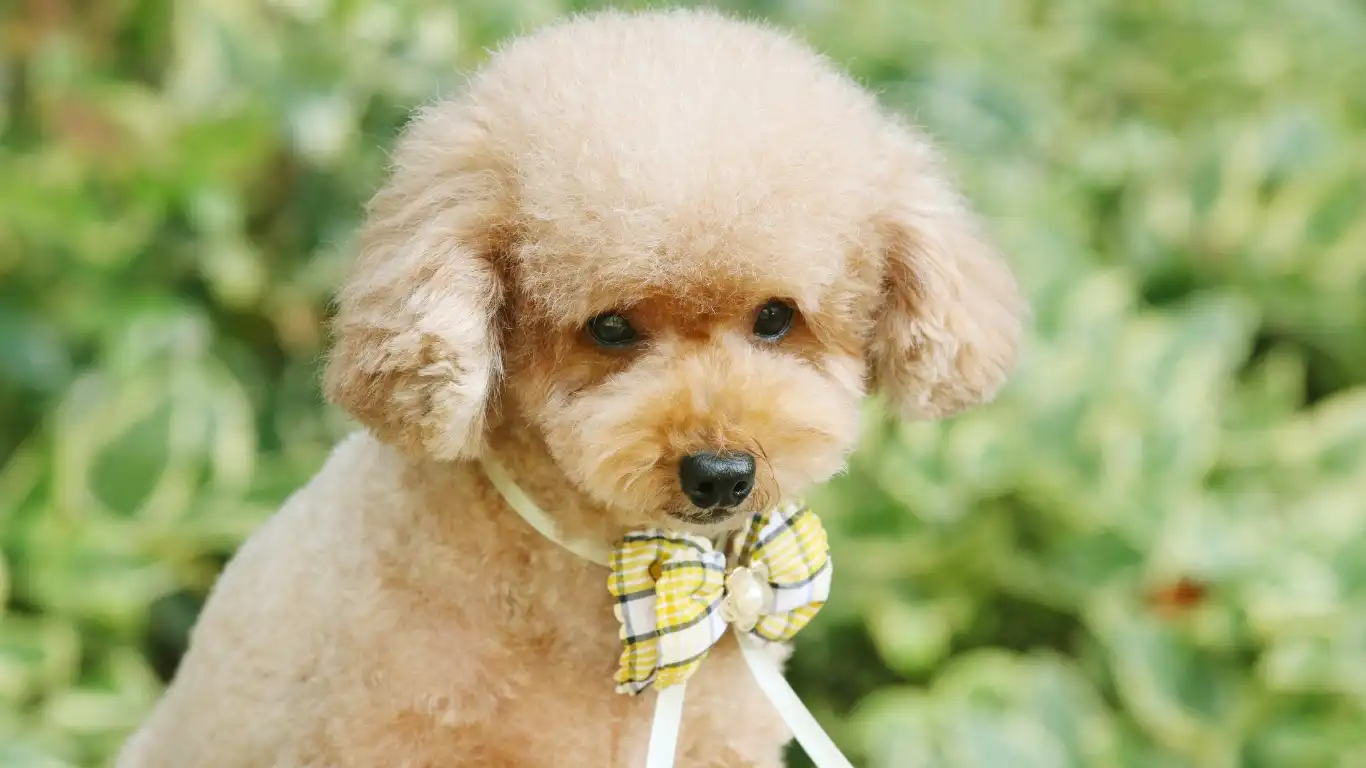
Let’s be real—your dog isn’t trying to be dramatic. What seems like “no big deal” to us (the microwave beeping, a blow dryer, or even a washing machine starting up) can be downright terrifying to a dog. From a biological standpoint, dogs have super sensitive hearing. Noises we barely notice can sound like a jet engine to them. That loud bang of the garbage can lid? Yeah, imagine it amplified tenfold.
Plus, some dogs are just naturally more noise-sensitive. Breed, past experiences, and even early socialization play huge roles. I’ve worked with a ton of rescue pups who were never exposed to household life early on, so everything from the TV turning on to the ding of the toaster made them skittish. And let’s not forget our senior dogs—hearing loss can cause confusion, which leads to anxiety when unfamiliar sounds kick in.
What is Desensitization and Why It Works
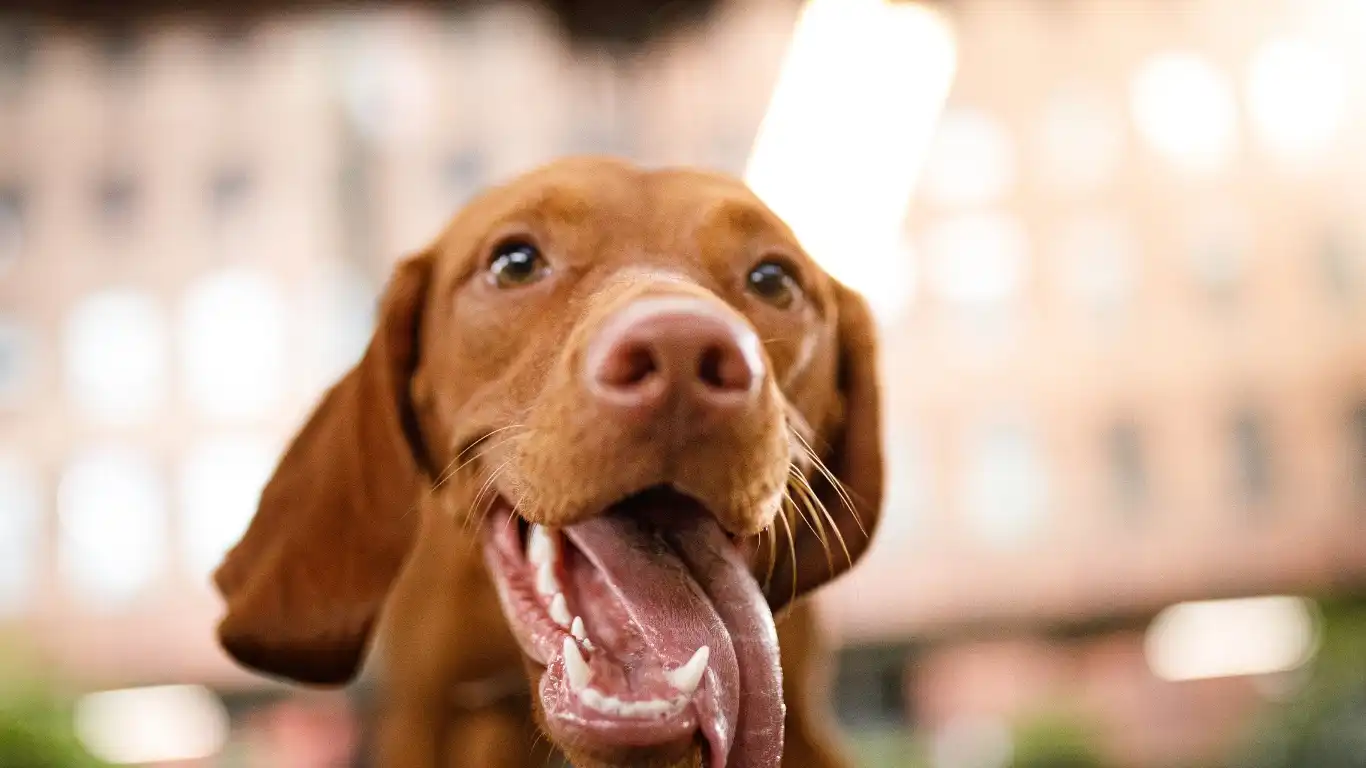
Desensitization is basically the art of getting your dog used to scary stuff—gradually, gently, and positively. It’s not about forcing them to “get over it.” Instead, it’s all about changing their emotional response to the sound. You’re helping them go from “Oh no, what is THAT?!” to “Oh hey, that noise again. No biggie.”
I always tell pet parents this is where patience becomes your best friend. There’s no overnight fix. But with consistency, a calm approach, and a whole lot of treats, your dog can absolutely learn to chill out around those once-scary sounds.
Why Positive Reinforcement is Key
When I first started incorporating desensitization with my nutrition clients, I noticed something interesting—dogs were WAY more responsive when we paired noise training with their favorite healthy treats. That’s no accident. Using positive reinforcement builds trust and strengthens your bond while rewiring how your dog interprets a sound.
- Start with the sound at a super low volume (like, whisper-level).
- Play it for just a few seconds.
- Immediately follow it up with a treat, toy, or praise.
- Gradually increase the volume and duration over several sessions.
And don’t just toss a treat and walk away—engage! Use a cheerful tone, maybe even toss in some playtime if they respond well. It’s all about creating a positive association that sticks.
How to Desensitize Your Dog to Household Noises Step-by-Step

Step 1: Identify the Triggers
Before you can fix the issue, you’ve gotta know what’s causing it. Observe your dog. Do they start shaking when you plug in the vacuum? Hide when the blender kicks in? Make a list of all the sounds that seem to trigger anxiety. And yeah, write them down—it really helps track progress later.
Step 2: Create a Controlled Sound Environment
Use YouTube, a sound machine, or even recordings on your phone to recreate these sounds in a controlled way. The key is control—you don’t want random loud surprises while you’re trying to build trust. Start with one sound at a time, ideally when your dog is relaxed and not already overstimulated.
Step 3: Pair with Positive Reinforcement
Like I said before, this step is critical. I like to use freeze-dried liver treats or bits of boiled chicken—whatever your pup goes wild for. The second the sound plays, treat. Keep sessions short—5 to 10 minutes max. Better to do several mini sessions a day than one long stressful one.
- Play the noise at a low level.
- Give a treat or engage in play immediately.
- Gradually raise volume as your dog shows signs of comfort.
- Repeat consistently over several days or weeks.
Quick side note: don’t move to the next step until your dog is clearly relaxed with the current one. Rushing only sets you both back. I’ve made that mistake early in my career—lesson learned the hard way.
Step 4: Generalize in Real-Life Settings
Once your dog’s good with recorded sounds, start bringing in the real thing. Vacuum a small area while rewarding. Run the blender for a second and treat immediately. Keep sessions light, fun, and filled with praise. You want them to see these noises as just another normal part of home life—not something to run from.
Common Mistakes to Avoid When Desensitizing Your Dog

Look, I’ve made a few rookie mistakes back when I first started working with noise-sensitive dogs—and it’s totally normal. But if I can help you skip some of those bumps in the road, even better. When it comes to how to desensitize your dog to household noises, a few missteps can slow progress or make things worse.
Going Too Fast, Too Soon
One of the biggest mistakes I see (and yes, I’ve been guilty of it too) is ramping up the sound too quickly. You might think, “Hey, she didn’t freak out at volume 2—let’s try volume 8!” Nope. That’s like taking someone who’s afraid of heights and dragging them up a roller coaster. Stick with baby steps. If your dog shows *any* stress signals—lip licking, yawning, hiding, ears pinned—it’s time to dial things back.
Skipping Observation Mode
Before you even begin training, spend a day just observing your dog. I always recommend jotting down a few notes. How do they react to different sounds? Do certain times of day make things worse? I’ve had clients discover their dog was more reactive in the evening, just because everyone was tired and tense—which transferred to the pup. Observation helps you plan smarter.
Training When Your Dog’s Already Anxious
Don’t start a session if your dog’s already on edge. Maybe the neighbor’s dog has been barking all morning, or there’s thunder in the distance. Pick moments when your dog is naturally relaxed. Think after a walk, post-meal, or when they’re lounging calmly. Setting the right mood makes a huge difference.
Tools and Products That Can Help
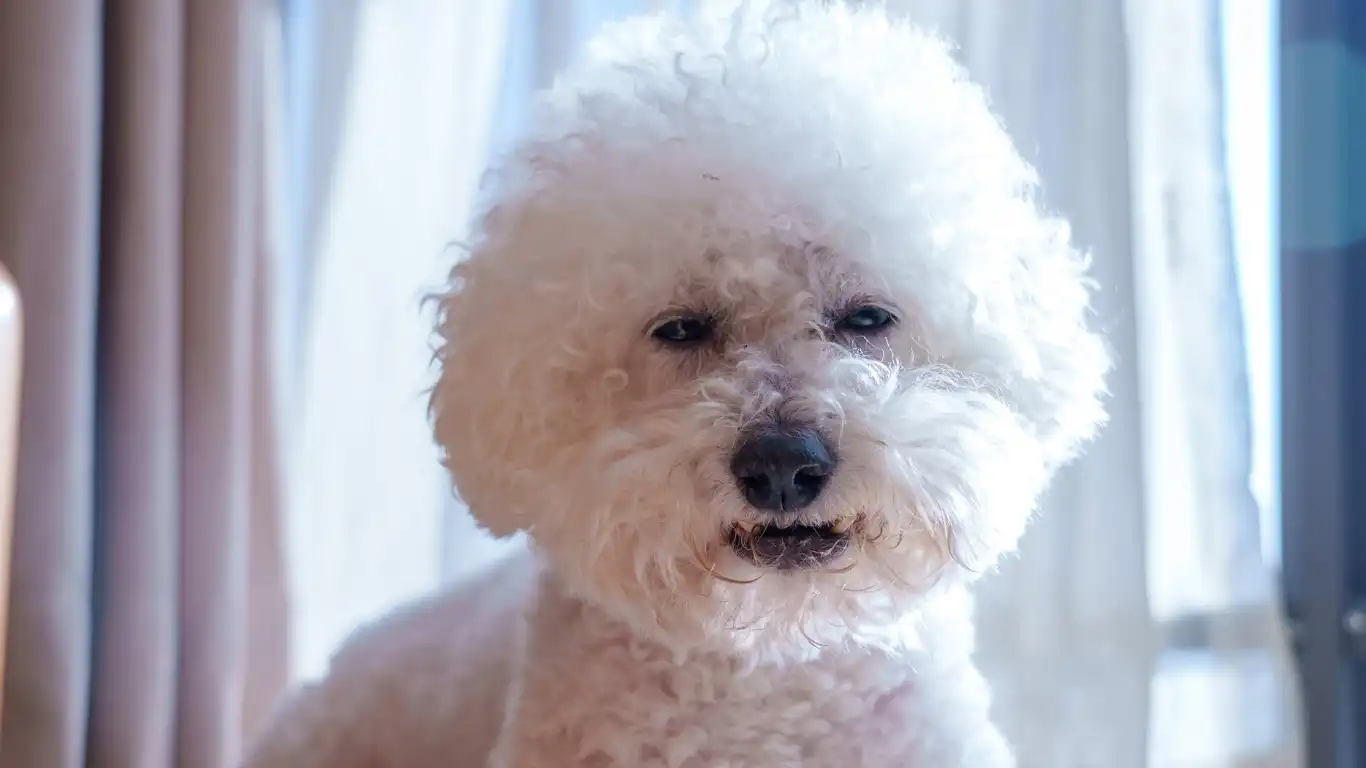
While training and patience are key, I’ve definitely seen some tools help smooth the process. Every dog is different, so it may take a little trial and error, but here are a few things I often recommend:
- Calming Chews or Supplements: Look for ones with L-theanine, chamomile, or CBD (if approved by your vet). These aren’t a cure-all, but they can take the edge off.
- Sound Machines or Desensitization CDs: Yep, they’re still a thing. I’ve used these for pups who needed a bit more structure in their sound therapy sessions.
- Thundershirts or Pressure Wraps: Some dogs respond really well to gentle pressure—it’s like a hug they didn’t know they needed.
- Snuffle Mats & Puzzle Toys: Keeping their brain engaged during sessions works wonders. I often toss a few treats in a snuffle mat while playing sounds in the background—it keeps things low-stress.
Don’t Forget About Scent and Environment
We focus so much on sound that we forget dogs are scent-driven. Adding calming pheromone diffusers (like Adaptil) or even just ensuring the space smells familiar and safe can go a long way. I’ve worked with dogs who did much better in their crate or safe space, especially when the scent and vibe felt calm and comforting.
Knowing When to Call in a Professional

There’s no shame—none at all—in asking for help. Some cases go beyond simple desensitization. If your dog is reacting with full-blown panic attacks (think destructive behavior, soiling indoors, or freezing up), it’s time to bring in the pros. I’ve referred quite a few clients to certified veterinary behaviorists or force-free dog trainers when things got really intense.
Signs You Might Need Extra Help
- Your dog isn’t showing progress after a few weeks of consistent training.
- Their reactions are escalating instead of improving.
- They start generalizing fear to other stimuli (e.g., fearing certain rooms or people associated with the sound).
In those cases, a behaviorist can help with tailored protocols, possibly even short-term medications to reduce acute anxiety. It’s not a failure—it’s giving your dog their best shot at peace.
My Experience Working With Fearful Dogs
I’ll never forget this one sweet lab mix named Bella. She was terrified of the dishwasher. Like, trembling-behind-the-couch level of fear. Her owner was so frustrated, but also heartbroken. We took things slow. Recorded dishwasher sounds. Paired it with her fave turkey jerky. Gave her a cozy den away from the kitchen to start. It took weeks—but one day, she actually napped through a rinse cycle. Moments like that? That’s the payoff. And yes, it takes work—but wow, is it ever worth it.
The Long Game: Building Confidence Every Day
Here’s a little secret—desensitization doesn’t just help with noises. It builds confidence. And that confidence trickles into all parts of your dog’s life. I always tell pet parents: training like this is really about deepening the relationship you have with your dog. You’re teaching them, “Hey, I’ve got you. You’re safe.” That message, over time, becomes everything.
So even on the hard days, when progress feels slow, remind yourself—you’re not just training for silence. You’re training for trust.
Real-Life Scenarios and Progress Timelines

So how long does it actually take to see results when learning how to desensitize your dog to household noises? Honestly, it varies. Some dogs adjust in a couple of weeks, while others may take months—and that’s okay. Progress isn’t linear. There’ll be wins, setbacks, and days where you feel like nothing’s working.
I worked with a spunky little terrier named Max who had an intense fear of the coffee grinder. No exaggeration—he’d bolt under the bed the second he heard it buzz. It took about two months of short, consistent sessions, pairing the sound with peanut butter licks and praise, before he could calmly stay in the kitchen when it turned on. Not totally relaxed, but present—and that was a huge milestone. Each small victory counts.
Signs That Desensitization is Working
- Your dog starts showing curiosity instead of fear (think head tilts, sniffing, or looking toward the sound).
- They stay in the room instead of fleeing.
- They begin to associate the sound with good things like treats or toys.
- You notice reduced intensity and frequency of fear behaviors.
Celebrate those wins! Even if it’s just your dog not flinching for the first time when you shut the fridge door—progress is progress. I always remind my clients: don’t wait for perfection. Aim for improvement and comfort over time.
Maintaining Your Dog’s Confidence Around Noises

Once your dog’s doing better, it’s tempting to ease off completely—but maintaining their comfort level is just as important as building it in the first place. Desensitization is an ongoing process, especially with new environments, guests, or household changes.
Keep It Up Without Overwhelming
I like to incorporate “maintenance sessions” a couple times a week, especially if I know we’ll have houseguests, home repairs, or just seasonal changes (hello, leaf blowers). Play those old sound recordings again, toss some treats, do a little training—keep the vibe casual and fun.
Rotate Reinforcers
Dogs, like us, can get bored. Rotate rewards—mix up treats, play styles, or toys. I’ve seen dogs reignite anxiety around old triggers simply because training became too predictable and lost its positive impact. Keep things fresh, and your dog’s interest will stay high.
Include the Whole Family
This one’s huge. Make sure everyone in the house is on the same page. Consistency is everything. I’ve worked with families where one person was unintentionally scolding the dog for noise reactions, while another was doing desensitization work. Mixed signals confuse dogs and slow down progress. Hold a mini family meeting and align on the approach.
Empathy Goes a Long Way
I know I’ve said it before, but it’s worth repeating—be kind to your dog and yourself. It’s so easy to get frustrated when it feels like they “should” be used to a sound by now. But fear isn’t rational. And dogs don’t choose to be anxious. They just need time, support, and understanding to process what’s happening around them.
Working in vet med, I’ve had to advocate for patients who were labeled “difficult” or “nervous,” when really, they just weren’t being heard. Empathy and observation can change everything. The more we understand where their fear is coming from, the better equipped we are to help them feel safe again.
Helpful Resources and Continuing Education
If you’re looking to deepen your knowledge or just want backup on your journey, here are a few professional and trustworthy resources I always recommend:
- https://avsab.org/ – The American Veterinary Society of Animal Behavior. Tons of helpful, science-based behavior guides.
- https://fearfreepets.com/ – Great for both pet parents and pros. Offers courses and tips focused on reducing fear in pets.
- https://positively.com/ – Victoria Stilwell’s site, full of reward-based training advice and success stories.
These are grounded in real veterinary and behavior science—no gimmicks or outdated advice. Trust me, I’ve seen too many dogs stressed out by harsh methods or quick-fix “hacks” that only make things worse long term.
Final Thoughts: Trust the Process
Helping your dog overcome their fear of household noises isn’t just about peace and quiet—it’s about strengthening the trust they have in you. It’s about saying, “I see you. I understand you. And I’ve got your back.” That’s powerful stuff. As someone who’s spent countless hours in the exam room and in people’s homes working through these exact situations, I can tell you—your patience, your presence, and your consistency are the magic ingredients.
You’ve already taken the first step by seeking help and learning what your dog needs. Keep going. You’re doing great.
Disclaimer
This article is based on professional experience as a Veterinary Technician with a focus on nutrition and behavioral care. It is intended for informational purposes only and does not replace individual consultation with a licensed veterinarian or certified behaviorist. Always consult your vet if your dog shows extreme or worsening fear responses.
